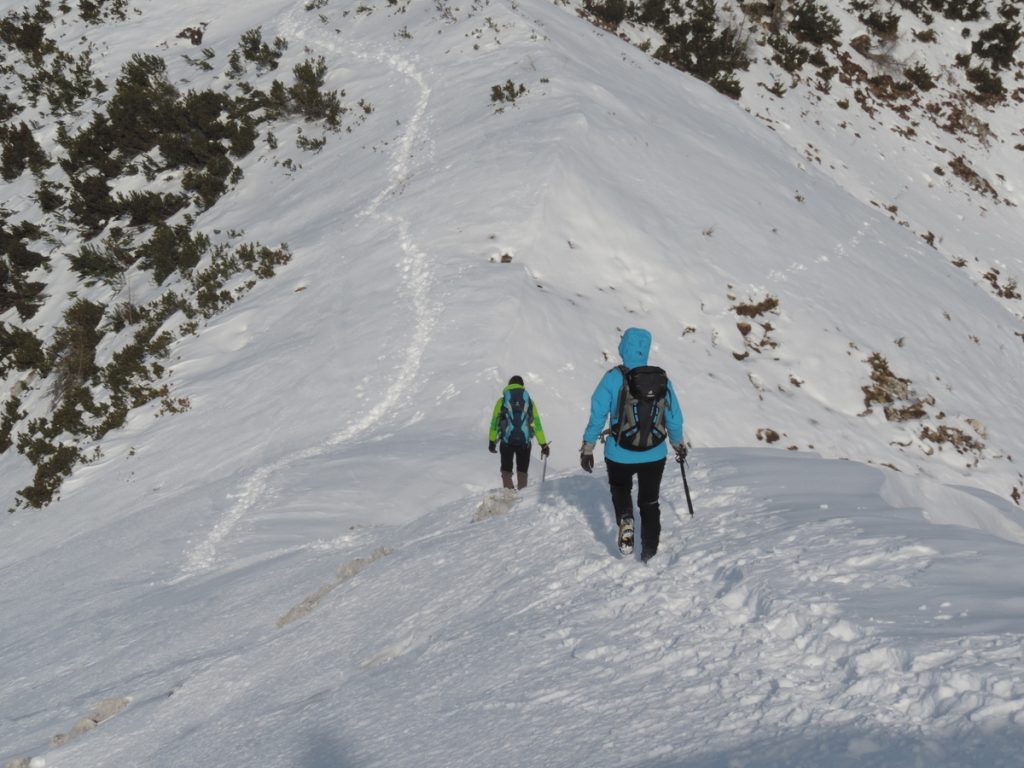WEATHER IN THE MOUNTAINS
Mountaineering and other mountain activities take place in nature, a completely uncontrolled environment exposed to numerous natural processes and influences. Weather affects all mountaineering activities probably more than anything else.
WEATHER IN THE MOUNTAINS Read More »





